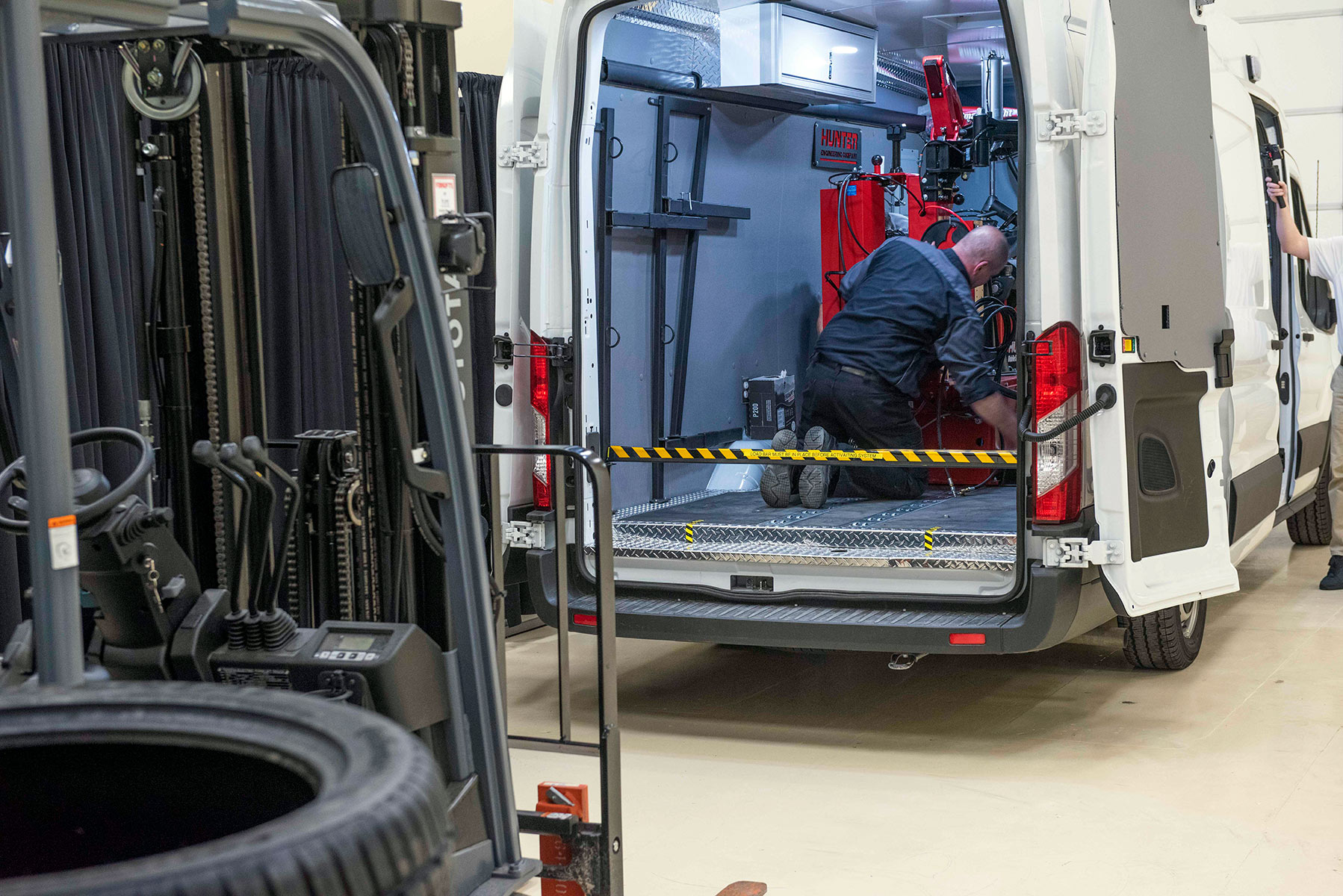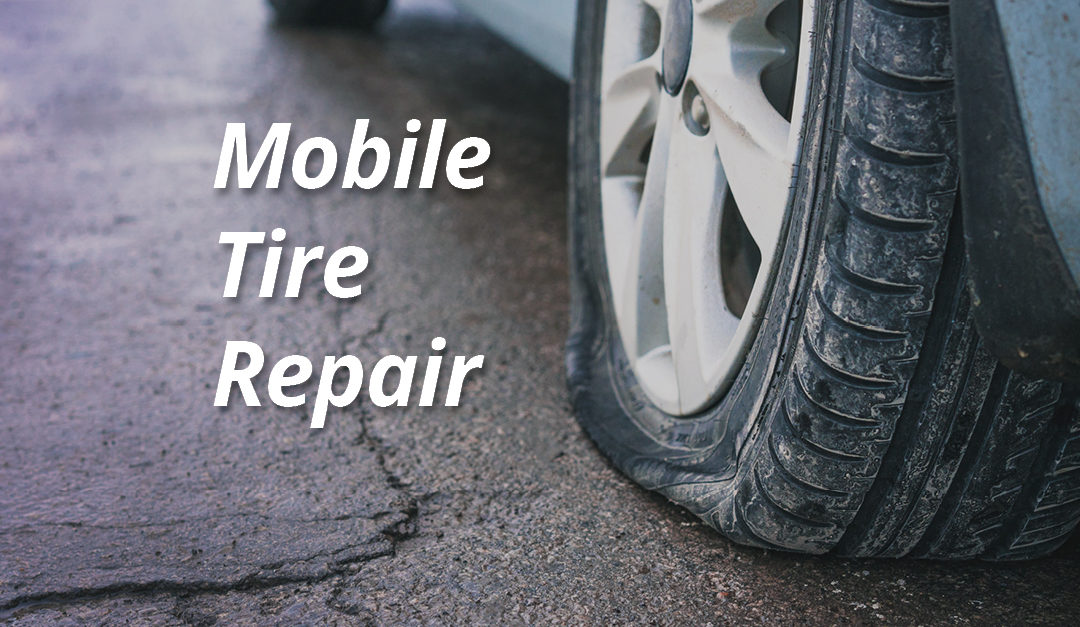Quick Response Mobile Tire Change Service in Las Vegas
Quick Response Mobile Tire Change Service in Las Vegas
Blog Article
Tire Solution: Proven Techniques for Ideal Tire Upkeep and Treatment
Keeping optimum tire condition is paramount for both safety and performance of any automobile. From making sure correct tire stress to normal turning and positioning, there are tested techniques that can significantly extend the life-span of your tires and improve general driving experience. As we explore the details of tire treatment and upkeep, we will discover vital guidelines that every car owner must stick to for the ideal feasible outcomes. Let's look into the globe of tire service and discover the keys to keeping your tires in superior shape for the long haul.
Value of Tire Pressure
Adequate tire stress promotes much better fuel efficiency, as under-inflated tires can lead to increased rolling resistance, causing the engine to function harder and take in more gas. Proper tire stress makes certain even step wear, enhancing tire longevity and saving money in the long run by postponing the demand for early replacements. Regularly inspecting and readjusting tire pressure, especially in the past lengthy trips, is a straightforward yet reliable method to boost automobile performance, prolong tire lifespan, and focus on safety and security on the road.
Tire Turning Standards
When considering tire turning guidelines, it is necessary to understand the importance of this upkeep task in maximizing tire life expectancy and maintaining optimum automobile efficiency. Tire rotation includes changing the position of each tire on a vehicle to make sure also tread wear. Front tires have a tendency to wear much more swiftly than rear tires due to steering forces, making regular turning crucial for balanced wear patterns. The advised rotation pattern varies relying on whether a vehicle is front-wheel, rear-wheel, all-wheel, or four-wheel drive. Normally, tires need to be revolved every 5,000 to 7,500 miles, or as recommended in the lorry manual. Ignoring tire rotation can result in irregular wear, influencing handling, grip, and possibly compromising car security. By sticking to correct rotation guidelines, motorists can extend the life of their tires, enhance gas effectiveness, and boost overall driving experience. Normal rotation is a basic yet effective maintenance practice that contributes dramatically to tire durability and lorry performance.

Benefits of Wheel Positioning
Making sure proper wheel alignment after tire turning is critical for keeping well balanced wear patterns and taking full advantage of lorry efficiency. Wheel placement describes the change of the angles of the wheels to the supplier's requirements. Among the vital benefits of wheel positioning is enhanced guiding and dealing with response. When the wheels are effectively aligned, it reduces steering effort, ensuring a smoother and much more controlled driving experience. Additionally, proper wheel placement assists to expand the lifespan of your tires. Misaligned wheels can trigger uneven tire wear, leading to early tire replacement and increased maintenance costs.

Tire Footstep Depth Examine
Carrying out a regular examination of tire step deepness is crucial for preserving safe driving conditions and extending the life-span of your tires. Unequal tread wear can indicate problems with tire suspension, pressure, or positioning, highlighting the importance of routine tread deepness checks. By incorporating tire step depth checks into your regular maintenance schedule, you can drive with self-confidence recognizing that your tires are in top condition.
Seasonal Tire Inspection
An extensive analysis of tire problem customized to particular climate condition is vital for keeping optimal performance and safety and security throughout the year. Seasonal tire assessment is a fundamental aspect of tire maintenance that makes sure tires prepare to face the obstacles positioned by various weather condition conditions. To prepare for winter season, it is necessary to check the tire pressure consistently as chilly temperatures can cause tire stress to drop. Inspecting tire walk depth is additionally essential to guarantee appropriate grip on snow and frozen roads. In addition, looking for indications of deterioration, such as lumps or splits, can help prevent prospective tire failures. As the seasons change, it is very important to assess tire condition and make any kind of required changes to ensure secure driving. By conducting regular seasonal tire examinations, vehicle drivers can prolong tire lifespan, boost gas effectiveness, and most significantly, make sure a secure driving experience in differing weather - Mobile Tire Replacement Las Vegas.
Final Thought
In conclusion, preserving correct tire pressure, rotating tires on a regular basis, lining up wheels properly, keeping an eye on tread depth, and performing seasonal inspections are important practices for optimum tire care. By complying with these proven techniques, motorists can ensure their tires last longer, perform much better, and add to overall vehicle safety. It is essential blog to prioritize tire maintenance to avoid accidents, improve gas effectiveness, and lengthen the life expectancy of tires.
Sufficient tire stress promotes much better fuel performance, as under-inflated tires can lead to boosted rolling resistance, causing the engine to function tougher and consume even more fuel.When taking into consideration tire turning standards, it is vital to comprehend the relevance of this maintenance task in making the most of tire lifespan and keeping optimum lorry efficiency. Seasonal tire examination is a basic facet of tire maintenance that makes certain tires navigate to these guys are ready to deal with the difficulties postured by different climate conditions. By conducting regular seasonal tire inspections, motorists can prolong tire life expectancy, enhance gas effectiveness, and most notably, ensure a protected driving experience in varying climate problems.
In conclusion, maintaining proper tire stress, revolving tires frequently, straightening wheels correctly, keeping track of step deepness, and conducting seasonal examinations are vital methods for optimal tire care.
Report this page